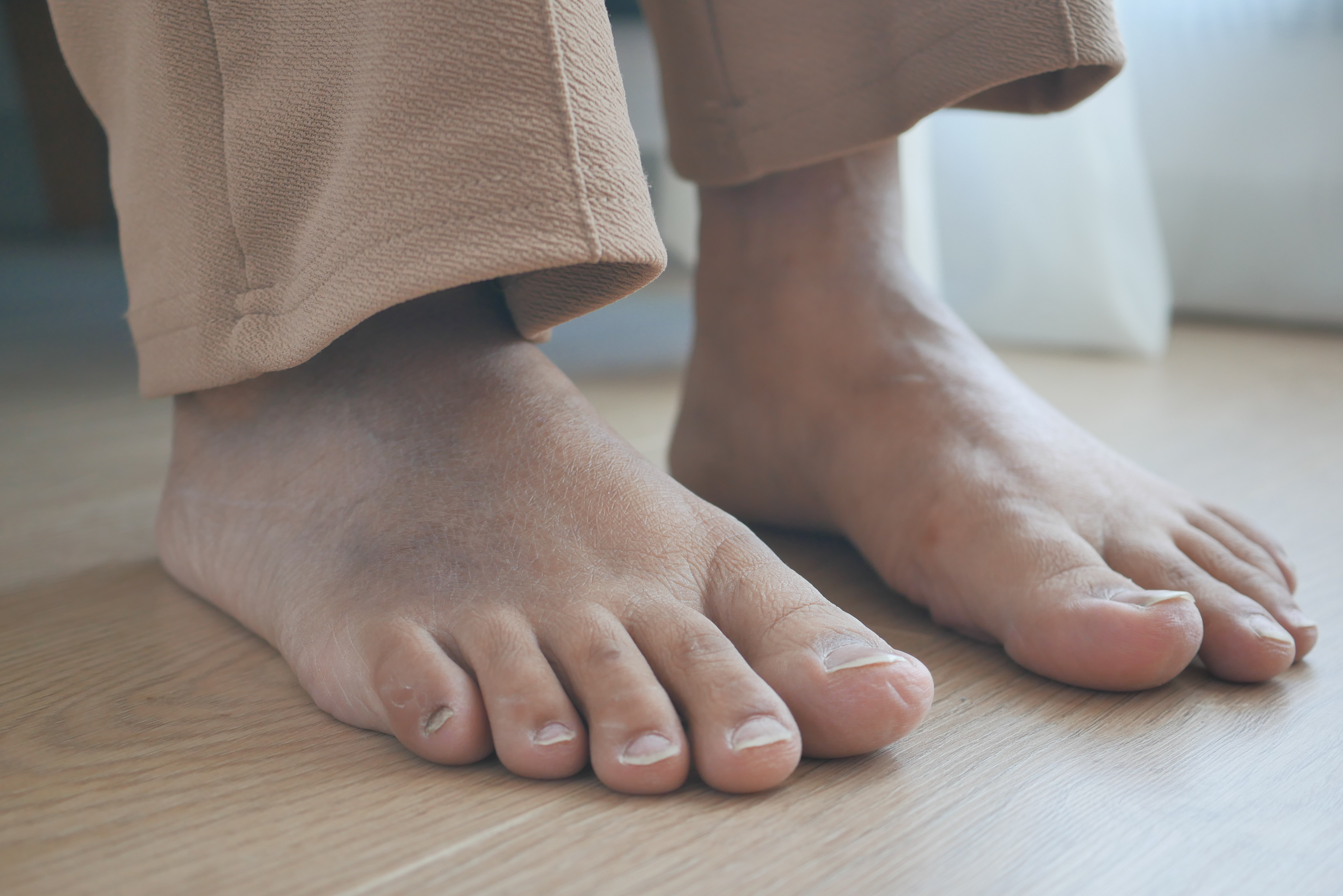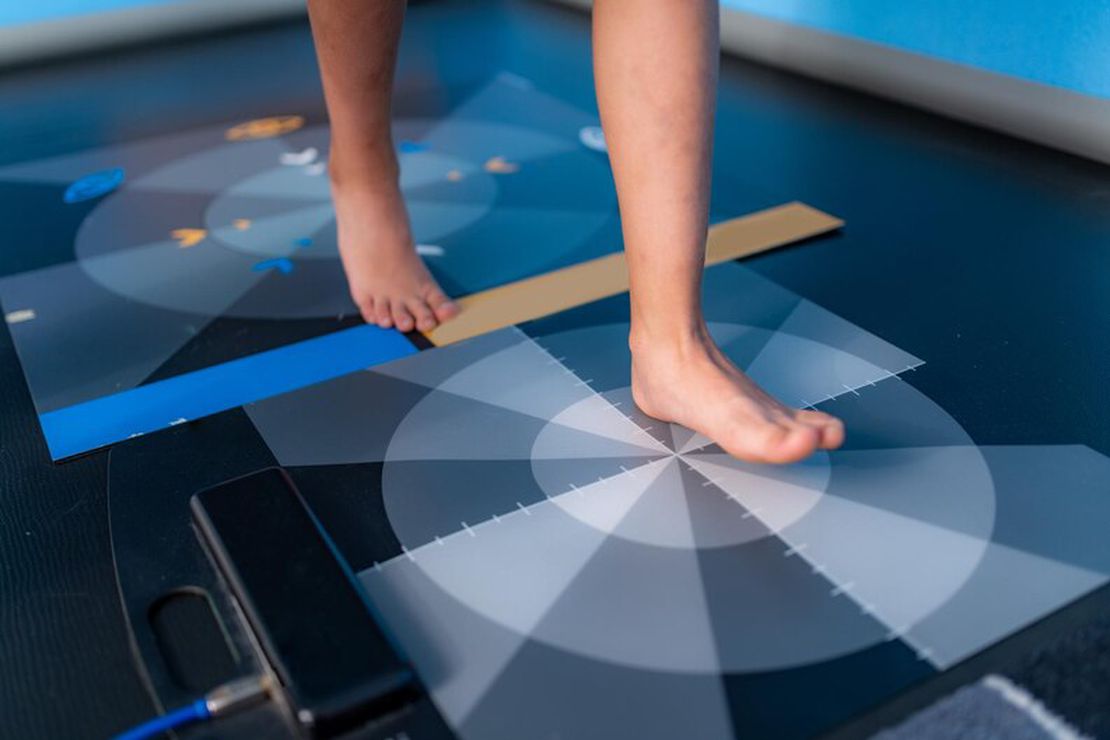Diabetic individuals have a higher risk of encountering foot problems. In this article, we will provide detailed information about serious foot problems caused by diabetes, their symptoms and prevention methods.
You can read our article Diabetic Foot: Symptoms, Treatment and Prevention to get basic information about diabetic foot.
Diabetes and Foot Health: Risks and Precautions
Foot health is extremely critical for diabetes patients. Diabetic foot problems can lead to nerve damage (neuropathy) and circulatory problems due to high blood sugar levels. This condition can cause serious foot complications and even increase the risk of amputation.
As Istanbul diabetic foot experts, we emphasize that diabetes patients should pay special attention to their foot health. Because these patients may be at high risk and a small problem can quickly grow and turn into a serious condition. Being conscious about diabetic foot symptoms is vital for early diagnosis and treatment.
Diabetic Foot Symptoms: Signs to Watch Out For
Diabetic foot symptoms usually start insidiously and progress over time. The basic symptoms of diabetic foot problems we frequently encounter in Istanbul diabetic foot clinics are:
You can get detailed information about diabetic foot symptoms, stages and treatment methods.
Neuropathic Symptoms (Nerve Damage):
- Tingling, pricking or numbness in feet
- Pain or burning sensation, especially increasing at night
- Dull pain and discomfort in feet
- Decrease or loss of temperature sensation
You can get detailed information about diabetic neuropathy (nerve damage).
Circulatory Problems:
- Bright, smooth skin structure in feet
- Hair loss in leg and foot areas
- Color changes in feet (pallor, redness, bruising)
- Cold or hot foot sensation
You can get detailed information about opening of vessels in diabetic foot wounds.
Infection and Injury Symptoms:
- Excessive sweating or dryness in feet
- Non-healing wounds or cuts
- Bad odor coming from open wounds
- Visible but unfelt blisters and cuts
- Swelling and edema in feet
You can get detailed information about what are the causative microorganisms in diabetic foot infections.
Functional Symptoms:
- Cramps in calves while resting or walking
- Shape changes in feet
- Balance problems and walking difficulty
You can get detailed information about Charcot foot and diabetes.

What Should You Do in Diabetic Foot Problems?
When you notice diabetic foot symptoms, you must follow the steps below:
Emergency Situations:
- Try not to put weight on your feet
- Immediately consult your diabetic foot specialist or family doctor
- Contact one of the Istanbul diabetic foot centers urgently
- No matter how small the problem is, getting help before it gets worse is critical
You can get detailed information about which doctor should you consult for diabetic foot problems.
Preventive Measures:
- Do daily foot check
- Apply appropriate foot care
- Check your blood sugar level regularly
- Avoid smoking
You can get detailed information about correct shoe selection for diabetic patients.
Role of Istanbul Diabetic Foot Experts
As Istanbul diabetic foot experts, we adopt a comprehensive approach to protect diabetes patients’ foot health:
Risk Assessment:
- Determining your diabetic foot risk level
- Creating a personalized care plan
- Making a program for regular checkups
You can get detailed information about what is diabetic foot.
Treatment and Prevention:
- Recommending appropriate methods for diabetic foot treatment
- Guiding on appropriate shoe selection
- Teaching foot care techniques
- Planning surgical intervention when necessary
You can get detailed information about diabetic foot treatment and healing processes.
Follow-up and Monitoring:
- Monitoring your foot health by doing regular checkups
- Providing education about diabetic foot symptoms
- Including family members in the process
You can get detailed information about diabetic foot and chronic foot wounds treatment and prevention.
Diabetic foot checkups should be done at least once a year. For patients in the high-risk group, these checkups may be more frequent.
Diabetic Foot Blisters and Complications
Diabetes patients, especially those with poor blood sugar control, can develop blisters in their feet and legs. These diabetic foot blisters:
- Are usually painless
- Tend to heal spontaneously
- Are more common when blood sugar is high
- Carry infection risk
If redness, swelling or infection symptoms are seen around diabetic foot blisters, a diabetic foot specialist should definitely be consulted.
You can get detailed information about how should diabetic foot wound dressing be done.
Diabetic Foot Care and Prevention Strategies
It is important to establish a daily care routine to prevent diabetic foot problems:
Daily Foot Check:
- Examine your feet carefully every day
- Check for cuts, scratches, blisters or color changes
- Try to see the soles of your feet using a mirror
You can get detailed information about correct shoe selection for diabetic patients.
Foot Hygiene:
- Wash your feet daily with warm water
- Dry gently with a soft towel
- Keep skin soft using moisturizer
You can get detailed information about correct shoe selection for diabetic patients.
Shoe Selection:
- Prefer comfortable, supportive shoes
- Get used to new shoes by wearing them for short periods
- Avoid walking barefoot
You can get detailed information about correct shoe selection for diabetic patients.
Frequently Asked Questions
When should I go to the doctor for diabetic foot symptoms?
You should immediately consult a doctor when you notice numbness, burning, wounds or color changes in your feet.
Can diabetic foot problems be prevented?
Yes, they can be prevented with regular blood sugar control, foot care and appropriate shoe use.
How often should diabetic foot checkups be done?
At least once a year, may be more frequent for patients in the high-risk group.
Which shoes are suitable for diabetic foot?
Comfortable, supportive and seamless shoes should be preferred.
Conclusion and Expert Support
Foot health is an inseparable part of the general health status for diabetes patients. Being conscious about diabetic foot symptoms and early intervention plays a critical role in preventing serious complications.
As Istanbul diabetic foot experts, we recommend that diabetes patients have regular checkups and take diabetic foot problems seriously. You can protect your foot health and improve your quality of life with a personalized care plan.
If you are experiencing diabetic foot problems or think you are at risk, you can get professional help by consulting one of the Istanbul diabetic foot centers. Early diagnosis and treatment is the most effective method in preventing diabetic foot complications.
You may be interested in: For more information about diabetic foot treatment, you can read our articles on diabetic foot infection treatment goals and diabetic foot wound dressing. You can also visit our page for detailed information about our treatment methods.
You can get information from Prof. Dr. Aytaç Çetinkaya for more information.



